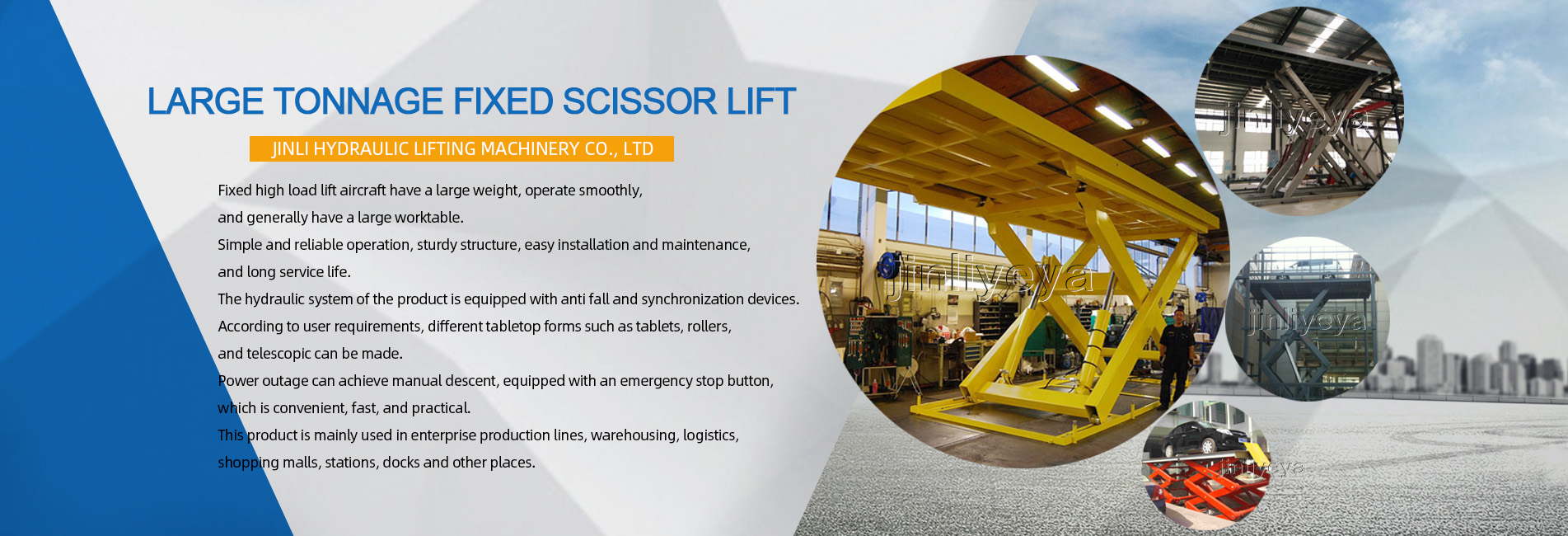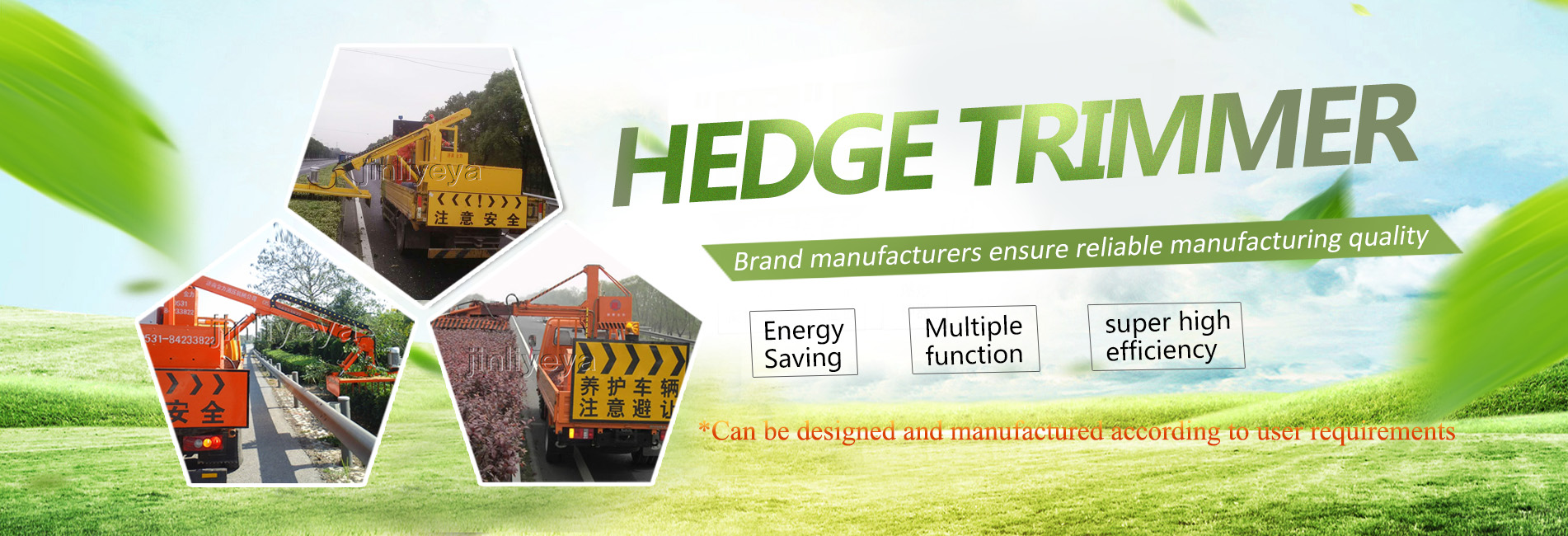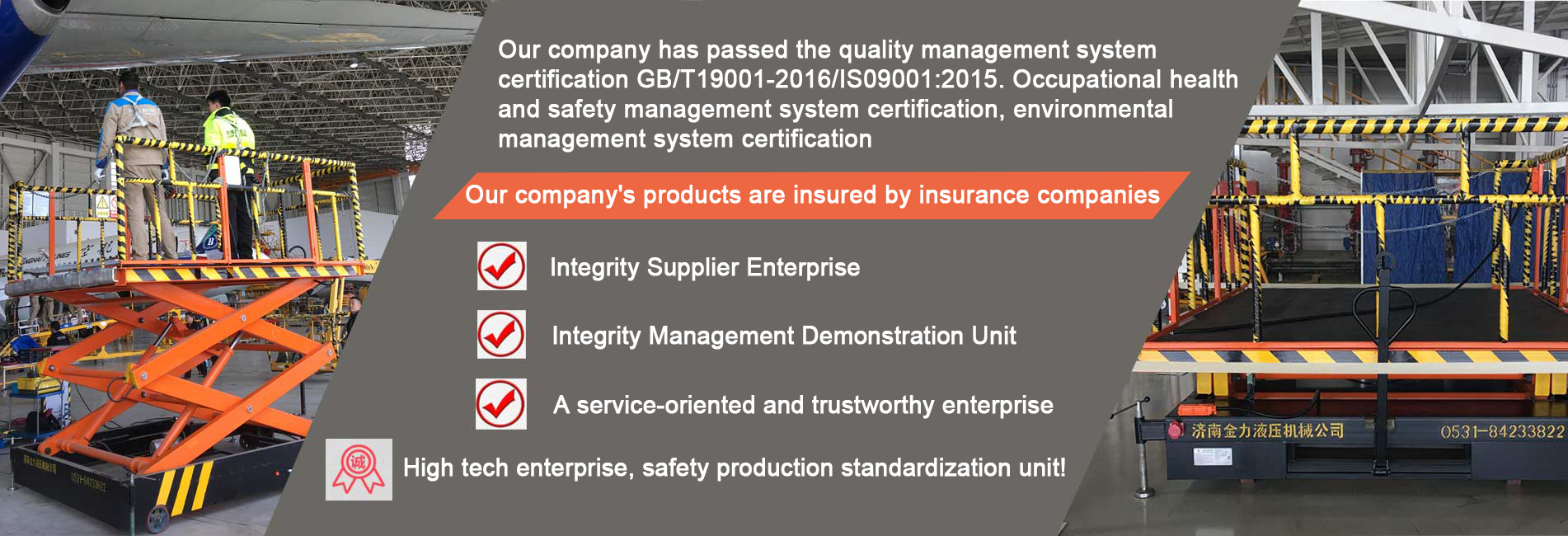Compared with ordinary elevators, freight elevators use hydraulic systems as power sources and have flexible installation positions, without the need for a mechanical room on the upper part of the building to install rolling facilities, which can fully utilize the height and space of the building. The disadvantage of hydraulic elevators is that their travel is limited by the longitudinal bending strength of the hydraulic cylinder, making them unsuitable for buildings that are too high. Generally, six to eight floors are more suitable. In addition, the platform does not have a balanced counterweight, and all the weight borne by the platform surface needs to be borne by hydraulic pressure, resulting in high electricity consumption. During the operation of the hydraulic platform (gu ò ch é ng), when high-pressure oil is input to the cylinder, the platform rises; When hydraulic oil is removed from the cylinder, the platform descends due to its own weight. Therefore, changing the flow rate of oil supply or discharge can adjust the speed of platform rise or fall. Hydraulic lifting platforms have obvious advantages when used in lower multi story buildings. With the development of an aging society and the increasing demand for building diversity in people's lives, elderly people living in lower floor apartments also need automatic elevators, which provides a market for hydraulic elevators. Lift principle: Hydraulic oil is generated by a vane pump to create a certain pressure, which enters the lower end of the hydraulic cylinder through an oil filter, explosion-proof electromagnetic directional valve, throttle valve, hydraulic control check valve, and balance valve, causing the piston of the hydraulic cylinder to move upward and lift heavy objects. The return oil from the upper end of the hydraulic cylinder returns to the oil tank through the explosion-proof electromagnetic directional valve, and its rated pressure is adjusted through an overflow valve. The reading value of the pressure gauge is observed through the pressure gauge. The piston of the hydraulic cylinder moves downwards (i.e. the heavy object descends). The hydraulic oil enters the upper end of the hydraulic cylinder through the explosion-proof electromagnetic directional valve, and the return oil from the lower end of the hydraulic cylinder returns to the oil tank through the balance valve, hydraulic control check valve, throttle valve, and explosion-proof electromagnetic directional valve. To ensure smooth descent of heavy objects and safe and reliable braking, a balance valve is installed on the return oil circuit to balance the circuit and maintain pressure, so that the descent speed is not affected by the heavy object. The flow rate is adjusted by a throttle valve to control the lifting speed. To ensure safe and reliable braking and prevent accidents, hydraulic control check valves, also known as hydraulic locks, are added to ensure safe self-locking in the event of an unexpected hydraulic pipeline rupture. Installed overload sound control alarm to distinguish between overload or equipment failure. The electronic control system can control the rotation of the motor through explosion-proof buttons, enabling the direction of the explosion-proof electromagnetic reversing valve to maintain load lifting or lowering. The time delay can also be adjusted through the "LOGO" procedure to avoid the phenomenon of inflexible lifting and jamming caused by frequent motor starts, thereby increasing the service life.
{1}







